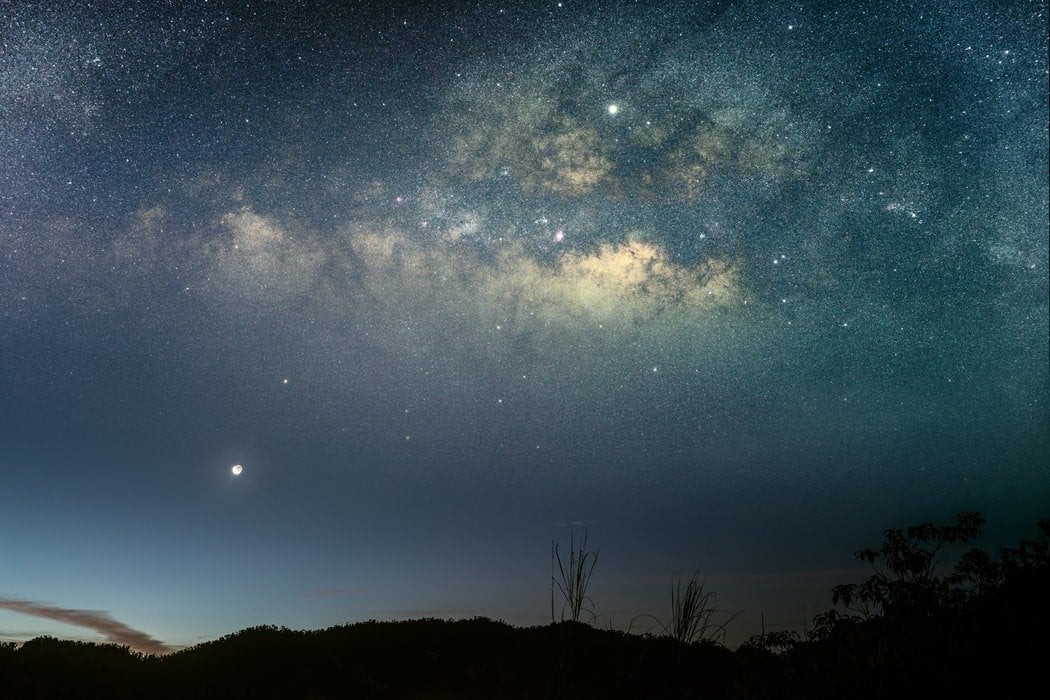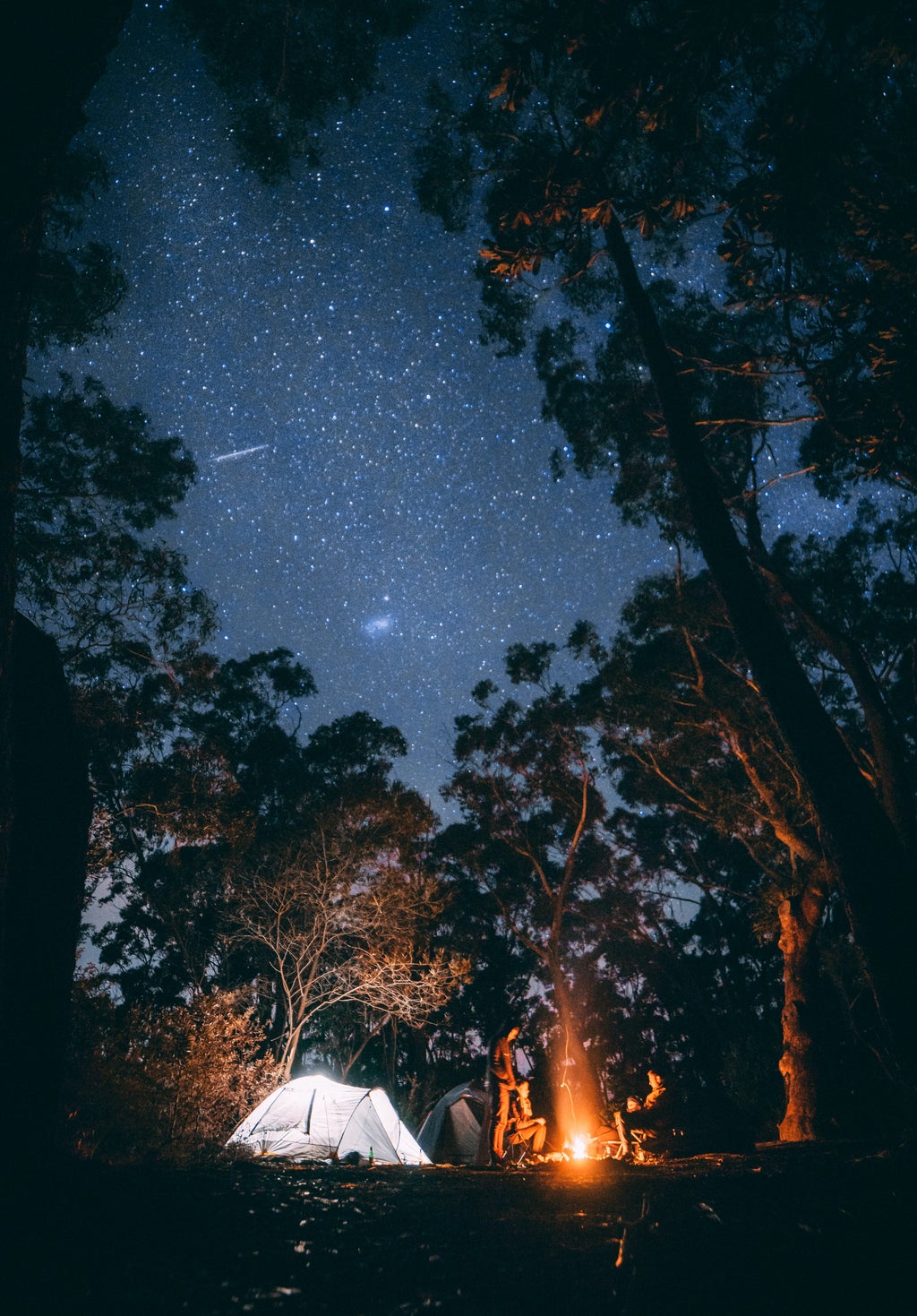We are almost at the beginning of October, and I would like to share some information on celestial objects that are good to observe this month in Toronto. Plus, some stargazing tips!
Let’s see what’s best for a good stargazing condition. As we go across the month of October, the time of sunset decreases from 6:58 pm EDT (October 1) to 6:09 pm EDT (October 31), and it gets dark around 8 pm EDT until 6:00 am EDT. Look for a clear night and areas with less lighting. Toronto Island and Scarbrough-Rouge National Park are some great locations for stargazing. Also, it is recommended to have a small telescope for an incredible experience and, if you can, get a night sky map (apps like Stellarium work perfectly).
What’s next? Let’s get our telescope ready for a Night with the Stars. Let’s see what celestial objects are visible during the nights of October, which we may be able to see through our naked eyes.
Around 8 pm EDT:
Vega – It’s the fifth brightest star and the brightest star in the sky to observe for this month. It is a part of the Lyra constellation. It is a Binary star system (two stars under the same gravitational influence). It can be observed from the top west side of the Night sky.
Deneb – It is a supergiant star in the constellation of Cygnus. It can be observed from the top west side of the Night sky.
Altair – It is the twelfth brightest star in the night sky, in the constellation of Aquila. It can be observed from the Southwest side of the Night sky.
By connecting Vega, Deneb and Altair, we get a triangle, which is known as the Summer Triangle.
Around 12 am EDT (Next day):
Saturn – Of Course, the planet with a beautiful ring! It can be observed from the Southwest side of the Night sky.
Jupiter – And here comes the biggest one! It can be observed from the Southeast side of the Night sky.
Capella – It is the sixth brightest star in the night sky. It is a part of the Auriga constellation. It is a quadruple-star system (Four stars!). It can be observed from the Northwest side of the Night sky.
Around 3 am EDT:
Aldebaran – It is the fourteenth brightest red giant star in the night sky. It is a part of the Taurus constellation. It can be observed from the Southwest side of the Night sky.
Procyon – It is the Eighth brightest star in the night sky. It is a part of the Canis Minor constellation. It can be observed from the Southeast side of the Night sky.
Orion Constellation – Most of the stars in the Orion constellation are visible in the night sky. The stars including Betelgeuse (Red Supergiant), Rigel (Brightest and bluegiant), Bellatrix, Minataka and Alnitak are visible. It can be observed from the southeast of the night sky.
Castor and Pollux – It is part of the Gemini constellation. It can be observed from the southeast of the night sky.
Around 6 am EDT:
Venus – The morning and evening star! It can be observed from the southeast of the night sky.
Sirius – Sirius is the brightest star in the night sky. It is a part of the Canis Major constellation. It can be observed from the southeast of the night sky.
At last, our super cool Moon!! The New Moon of the month is on October 14th and the full moon of the month is October 28th.
Clear skies and have a wonderful star gazing experience this month!






